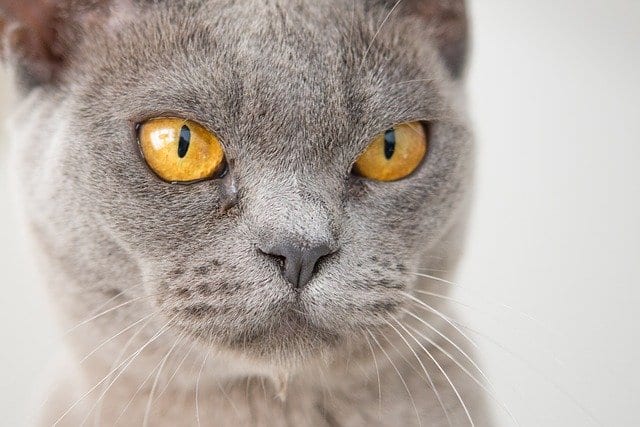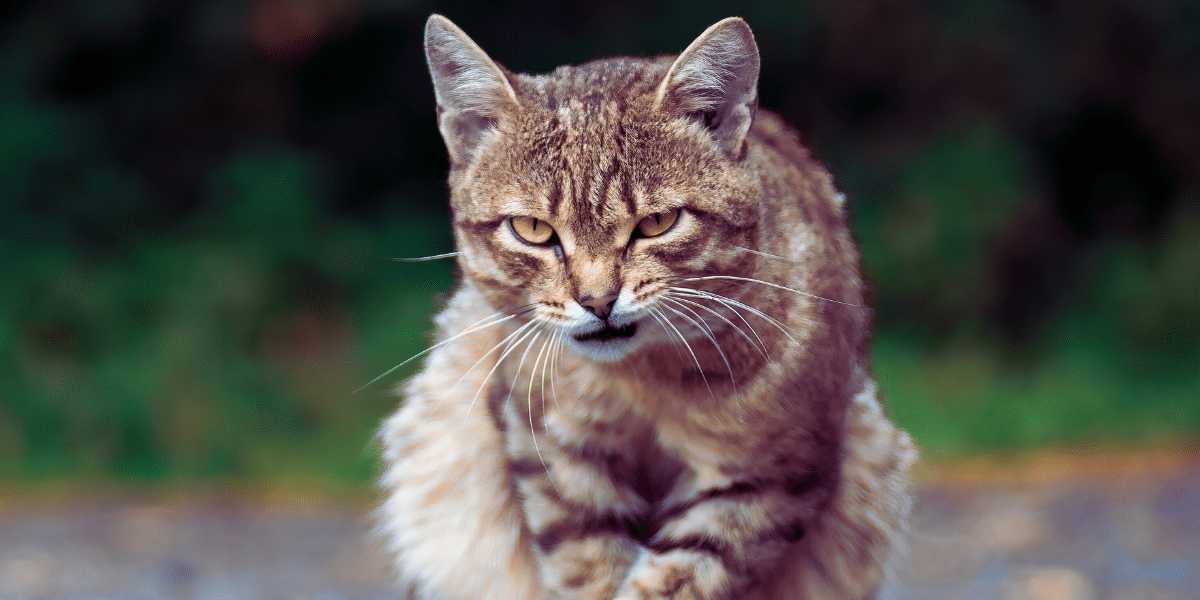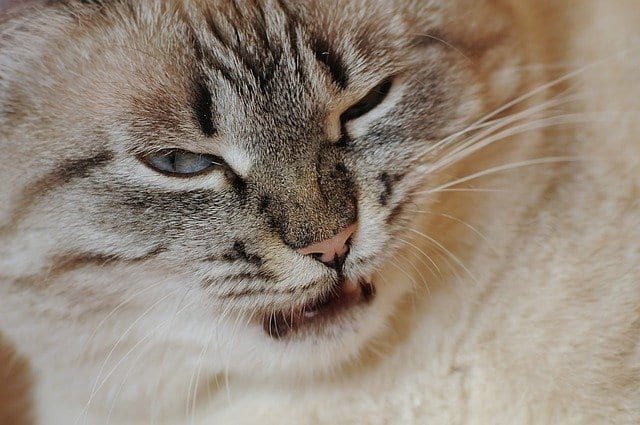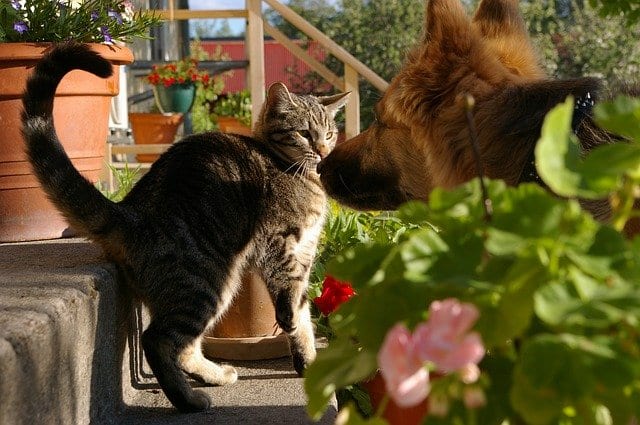Understanding Why Cats Growl and What It Really Means
Understanding your cat’s communication is one of your primary responsibilities as a pet parent. The better you know, the happier your cat will be. However, deciphering your cat’s vocalizations can be a challenge, especially when it comes to understanding why they growl. Cats growl for specific reasons that stem from their natural instincts and emotions. Here’s a look into the world of feline growls and what they truly signify.
Identifying a Growl
Out of all the sounds your cat can make, a growl is usually described as a low, rumbling sound that comes from deep within the throat. Some people even refer to it as “cat thunder.” A growl may come out as a short burst or a prolonged sound, varying in volume from barely audible to quite prominent.
Key Characteristics of a Growl:
– Typically low-pitched and rumbling
– Can be a short burst or a prolonged sound
– Varies in intensity and volume depending on the situation
The intensity and style of the growl often reflect what your cat is feeling. Most cats produce different types of growls in various contexts, allowing you to gauge their emotional state based on the accompanying body language.
Why Cats Growl
Cats growl for several reasons, and recognizing these reasons can help you be a more attuned pet parent. Here are the primary motivations behind a cat’s growl:
1. It’s a Warning:
Cats will growl to warn others—both human and animal—of their discomfort. This could indicate they feel threatened, their territory is being invaded, or they are simply annoyed. A warning growl typically accompanies defensive body language, such as puffed-up fur.
2. They’re Scared:
If your cat is frightened, they might growl as a defensive measure. They often do not want to be approached when they are feeling vulnerable and may use a growl to express their need for space. Loud noises, unexpected movements, or even new furniture can trigger this response.
3. Your Cat is Showing Dominance:
In multi-pet households, growling can signify a cat asserting its dominance. A more confident cat may growl to establish their authority, especially in the presence of a new or less dominant feline.
4. They’re in Pain:
Growling can also indicate your cat is in pain or discomfort. Conditions like dental issues, arthritis, or internal problems can lead to irritability. If your cat’s growling is accompanied by changes in behavior—such as seeking solitude, reduced appetite, or withdrawal—it may be time to consult your vet.
5. They’re Moody:
Cats can have varying moods, and occasionally, they growl simply to express their displeasure without any specific reason. Just like people, cats can experience irritable moods, which can result in growling when their space is encroached upon.
What Should You Do?
If your cat growls consistently, it’s important to pay attention to their behavior. Here are some steps to take if you find yourself dealing with a growling cat:
– **Observe your cat’s body language:** Recognize the context in which they are growling to better understand their feelings.
– **Do not reprimand:** Growling is a form of communication for your cat. Punishing them for expressing themselves can damage your relationship and confuse them.
– **Provide space:** If your cat seems distressed, backing off and allowing them space can help them feel more secure.
– **Consult a vet:** Regular growling can be a sign of distress or pain that warrants a veterinary checkup.
Understanding your cat’s growls is essential for creating a harmonious environment. By recognizing the motivations behind this vocalization, you can respond appropriately to your feline friend’s needs. Cats express themselves in various ways, and being attentive to their vocal signals can improve your bond and contribute to their well-being.









Facebook Comments